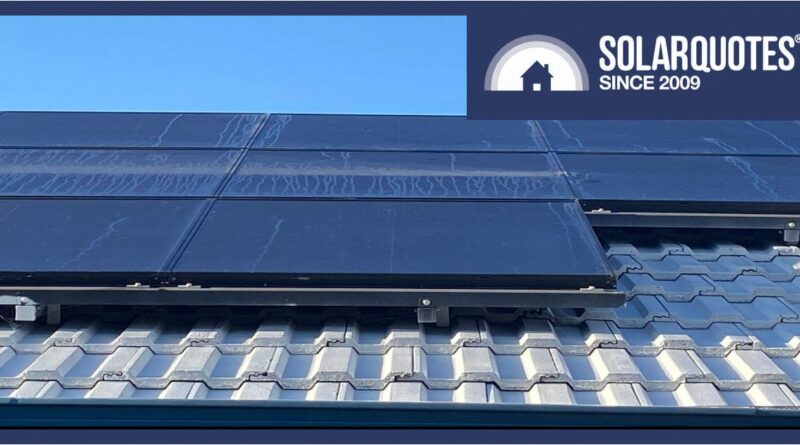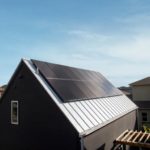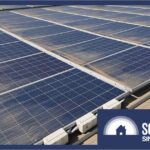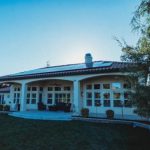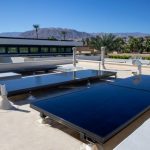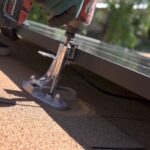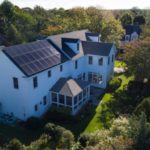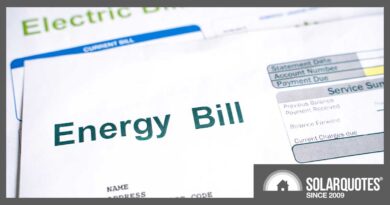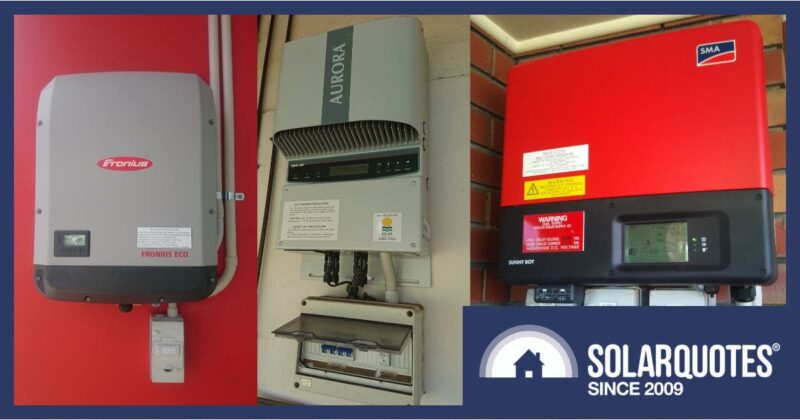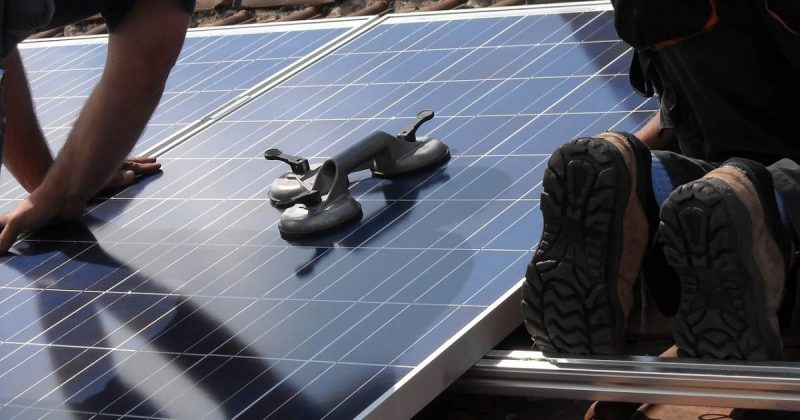Paint Jobs Gone Wrong: How Roof Restorers Can Ruin Your Solar
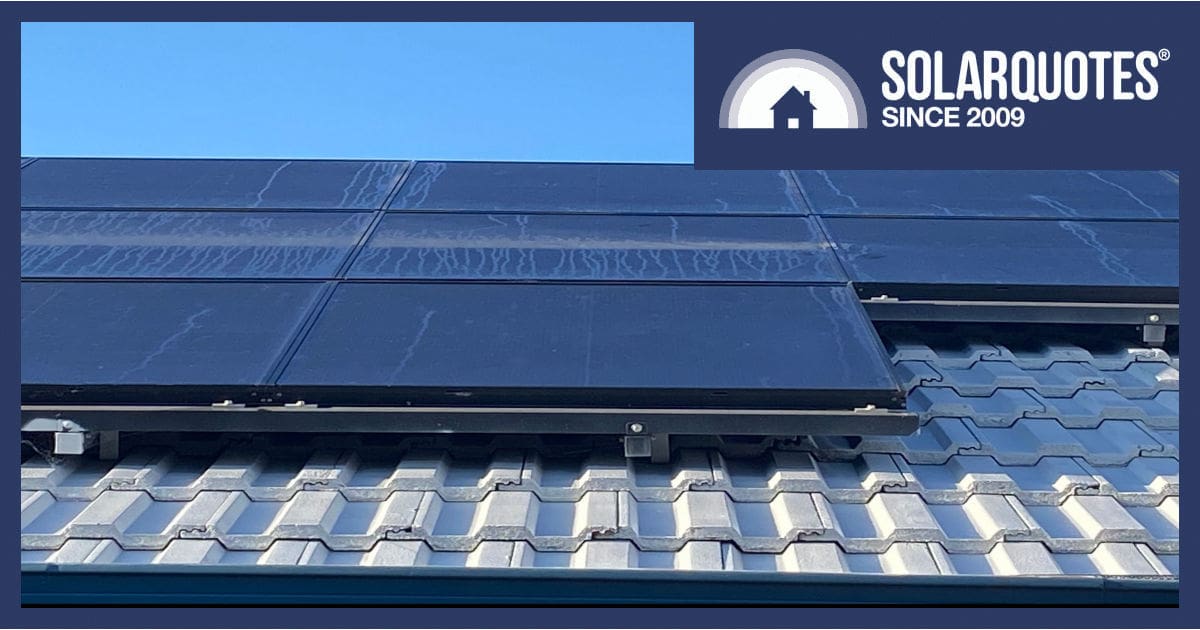
Image: Facebook
I’ve seen more than one instance where roof restorers have ruined solar arrays, and it’s a horribly wasteful lesson for people to learn. If you’re thinking of having your roof painted, then make sure it doesn’t go pear-shaped with this simple guide to restoring a roof with solar panels on it.
Roof paint is obviously designed to stick to things, and solar panels are no exception. You might think that because they’re made from glass, they’re easy to clean, but you’d be wrong. Unlike your windows, solar panels have a textured finish, so they don’t reflect light. That’s right, folks—solar panels are designed to absorb sunlight. Who knew?
Some manufacturers claim special anti-glare, anti-reflective, and anti-soiling properties for their proprietary coatings or surface treatments. The bottom line is: you can’t clean this surface using harsh chemicals or mechanical means without damaging it.
Using a pressure washer is also a No-No because it can inject water under the frame and into the edge of the panels. Once the seal is compromised and the wafers or busbars start to corrode, earth leakage faults will be fatal to the panels.
Paint on panels is a really simple problem to solve though.
Either you completely cover the array with drop sheets. Or you remove most of the solar power system before painting.
There are pros and cons to both methods, so we’ll outline a few of them here.[/caption]
Mask Up And Use Cover
Sealing your system off with plastic drop sheets isn’t terribly difficult. It’s fast and cheap and doesn’t require any particular licencing or indeed, much skill. This should be the minimum level of service you get from anybody who is painting a roof.
I have seen some painting jobs that look really nice because the framing is colour-coded to match the roof. However, there are a few potential traps.
Rooftop isolators
If your solar was installed before 2016, it likely has a rooftop isolator without a metal shade. Some even had a transparent door over the switch mechanism. These plastic housings would really benefit from a heavy coat of protective acrylic membrane. However, it’s not best practice to seal the door shut with paint or obliterate the labels identifying the isolator.
If we’re being honest, rooftop isolators might last longer if they’re painted, but the best approach has always been to remove these fire-prone switches before they cause a real calamity.
Incomplete Coverage
As the cover image shows, the person who performed this paint job didn’t know what they were doing.
Firstly, they haven’t properly secured the drop sheets, so some parts of the framing have copped a coat of paint, and others haven’t. While it might have looked all right at the outset, paint can easily be blown into small gaps if the system isn’t properly masked off.
Secondly, and most tragically, they skimped out on plastic when they covered the array. The bottom panels have obviously been protected, but where the plastic ends, the paint begins in a ghostly image of incompetence.
Landlords Special
You might have seen a house with only the very front face of the roof painted, which looks flashy in real estate ads. Some solar installations appear similarly half-arsed when a new system is installed that doesn’t cover the footprint of the old one, and some unpainted roofs are left exposed next to a new array.
Remove, Restore, Refit.
Assuming your system is good quality, well installed and not terribly old, it’s perfectly good to remove the system temporarily while the roof is being attended to. Removal is usually fairly straightforward but reinstallation, testing and certification must certainly be done by a qualified electrician. As a qualified builder and roof plumber, I can offer one golden rule:
Do not allow roofing contractors to reinstall your solar, no matter what they tell you.
I’ve seen more than a few examples of dangerous work performed by roofers who don’t know what they’re doing.
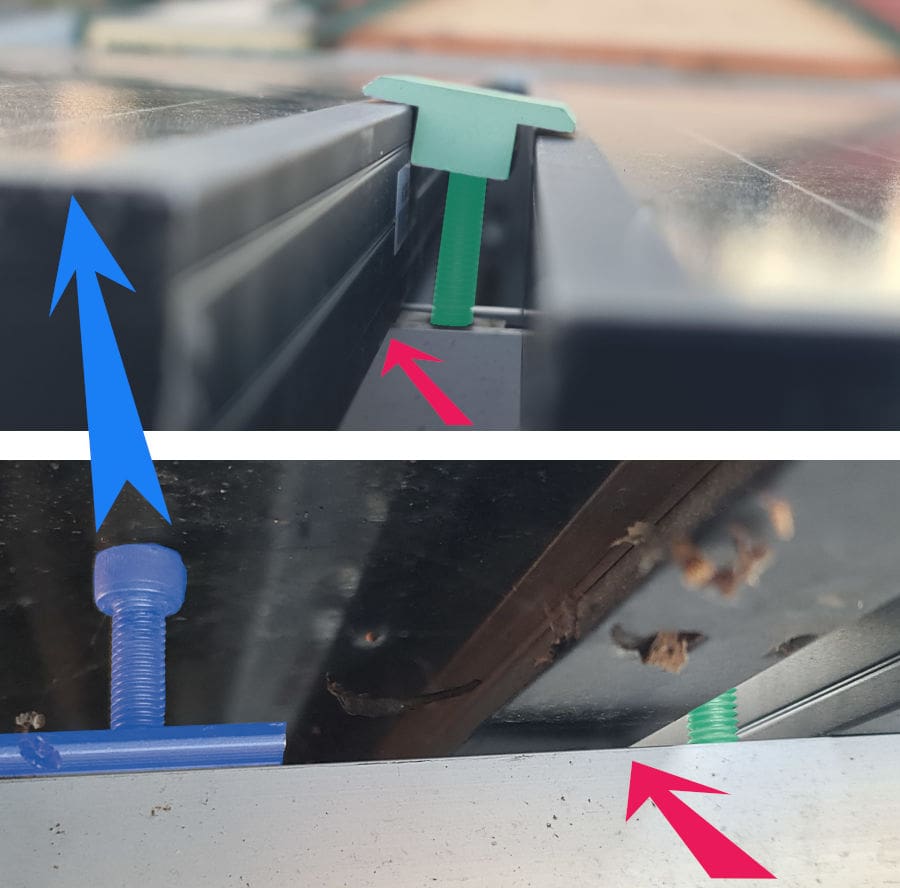
Why is the green clamp crooked? The panel isn’t clamped down on the frame where the red arrow is… because the blue clamp shouldn’t even be under the panel. I’m amazed this bolt head didn’t break the glass but the roofers certainly damaged the panel.
Aim For The Best,
The best roof restorations are carried out without any solar. In fact, I’ll argue that the best solar arrays are started with restoration in mind.
Given free rein to go close to the edges, the installers can make best use of the roof space with least structural or panel clamp zone compromises. Once the brackets are installed, the tiles ground and the electrical penetration is made; then you can get the roof restorers to repoint the hips and ridges and paint as they see fit. Make sure they do some spare tiles too.
Prepare For The Worst
If your solar power system is older, removal can spell its doom.
Stainless steel and aluminium fixings can corrode together so tightly, they might as well be welded, especially if you’re close to the coast. Obsolete brands can mean new hardware is unobtainable so the whole frame is written off.
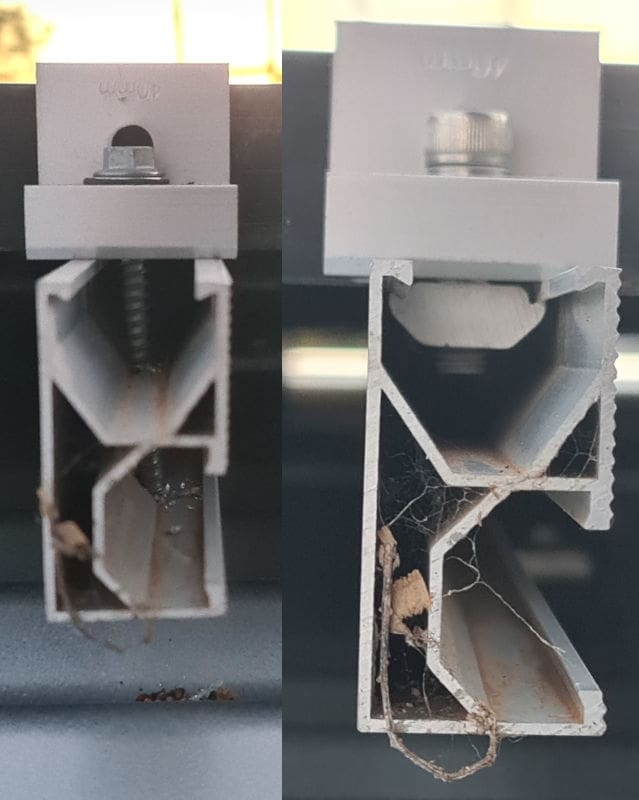
Points for innovation. When the iron roofers lost some of the parts, they’ve had to improvise with wood screws.
Plugs and wiring can be damaged, so they may also need renewing. Cracks in the plastic backing sheet on the modules aren’t always obvious from the front side; however, they might render the panels unsafe to reinstall.
As we’ve detailed before, the labour to reinstall old solar is much the same as installing new.
By the time you consider system size, improved performance, removal of isolators, better monitoring and fresh warranty, new solar can be a no brainer.
Be Alert To The Risk
Old solar arrays may be best served by simply covering them up properly before painting and letting them be.
While price is often an indicator, the unfortunate customer in our cover image didn’t employ the cheapest numpty they could find.
One of the best ways to ensure your system is safe is to ask your prospective roof restoration contractor for their insurance details. If they can’t provide proof of professional insurance, they’re obviously not a professional outfit.
Original Source: https://www.solarquotes.com.au/blog/solar-panel-paint-damage/

